
The 2017 hurricane season has wreaked humanitarian disasters on Texas, Florida, and Puerto Rico. Not to diminish the suffering on the Gulf Coast, the 3.4 million Americans in Puerto Rico are the most isolated, the poorest, the least politically powerful, and the most in need of help. The entire electricity grid has been destroyed, electric power will largely be out for months, and diesel fuel for generators for critical services is in short supply. Ninety-five percent of cell phone towers have been destroyed. A major dam is in danger of collapse, threatening 70,000 people. Clean drinking water is in short supply. Ports are functioning, but internal distribution of aid supplies is badly disrupted. The good news is that the people have low expectations; the bad news is that their expectations are not likely to be met for the next several months.
A brief refresher:
– Puerto Rico became an American territory in 1898 with the American victory in the Spanish-American War. The Island lies 1000 miles southeast of Miami, near the American Virgin Islands (population 100,000; also devastated.) The Commonwealth has a popularly elected governor and legislature, and a non-voting member of the House of Representatives. While American citizens, residents have no vote in Presidential elections. Some 97% of the voters preferred statehood in a June 2017 advisory referendum; however, a 23% turnout reflected an understanding that there is no way that the national Republicans will allow a new, consistently Democratic state.
– It was not always so peaceful. In the early 50’s, members of the Puerto Rico Nationalist Party tried to assassinate President Truman, and attacked the US House of Representatives, wounding five members. In the early 70’s and 80’s, a group of Puerto Rico nationalists conducted some 130 bombings, killing at least 6 people. At the recommendation of Justice Department attorney General Eric Holder, President Clinton pardoned 16.
– The median household income is under $19,000 (while lower than any state, it is the highest in the Caribbean); the poverty rate is 46%; unemployment is over 12%. From 1947 to 2006 Puerto Rico transitioned from a sugar cane-based agricultural economy to a diverse manufacturing economy, benefiting from low wages, free access to the American market, and – until 2006 – substantial tax incentives. Since 2006, economic activity has decreased each year, and a governmental debt burden of over $70 billion resulted in bankruptcy in May.
– As American citizens, Puerto Ricans have free right of travel to the United States, and, thus, do not generally share the Democratic Party’s support for illegal immigrants. If anything, illegals represent employment competition for the five million Puerto Ricans living on the mainland, who form a meaningful voting bloc in Florida (where they outnumber Cubans), New York, New Jersey, and Chicago.
The federal response to Hurricane Maria has been strong, although a bit slower than that to Harvey in Texas and Irma in Florida – due to distance, and it being the third of three. The one telling bureaucratic delay was the week spent debating a waiver for the Jones Act which prohibits foreign ships from delivering cargo from American ports to other American ports. There are 10,000 federal workers on the island; the governor has expressed satisfaction with the help provided by the Department of Defense and FEMA. Money is available with a $22 billion FEMA aid package having been passed after Hurricane Harvey in Houston; a new total requirement is being calculated.
That said, Puerto Rico has severe short term and long term problems. Decade-long financial constraints have resulted in under-investment in basic infrastructure. The population of the island has dropped by about 10% in the last decade, with a debilitating exodus of the young and ambitious. Hurricane Maria stands to hasten the exodus.
There are many choices of charities for those who would like to help the people of Puerto Rico in what promises to be a prolonged catastrophe. Presidents Carter, HW Bush, Clinton, George W Bush, and Obama have started One America Appeal to raise funds for the victims of Hurricanes Harvey, Irma, and Maria. The wife of the Puerto Rico governor, Beatriz Rossello, has started United for Puerto Rico. Among the major relief organizations, Catholic Relief Services has a strong, well managed (low overhead) operation in Puerto Rico, and there is always the Red Cross. To help evaluate other potential charitable organizations, visit CharityNavigator.org.
For those tired of pampered oppressed athletes, the prospect of a nuclear North Korea, and the failures of a hapless Republican Congress, this is an opportunity to do some real good for real people.
—–
www.RightinSanFrancisco.com – 9/29/17


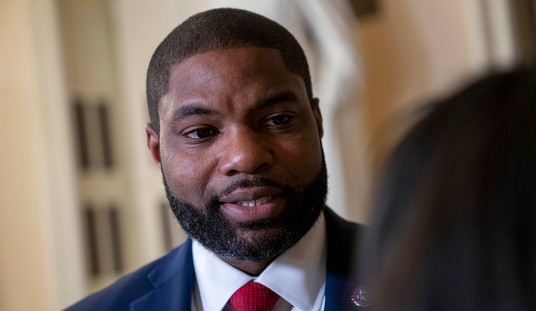

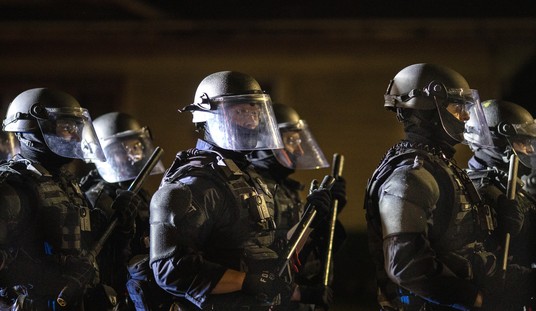
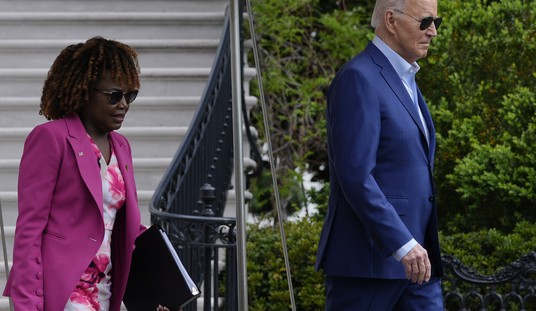
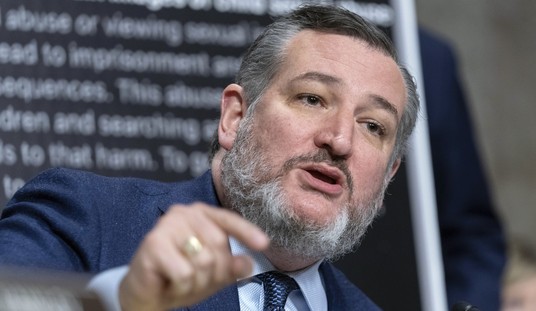
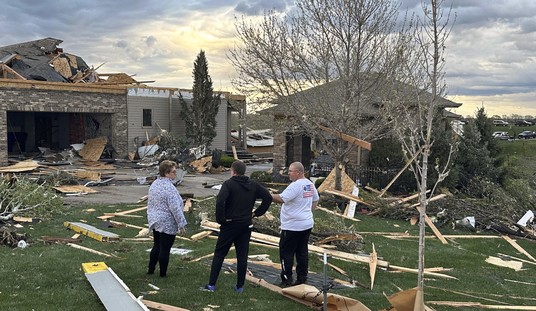
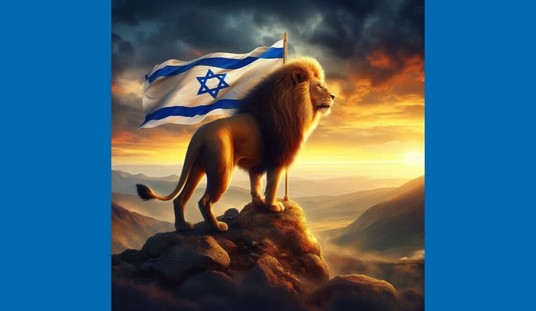
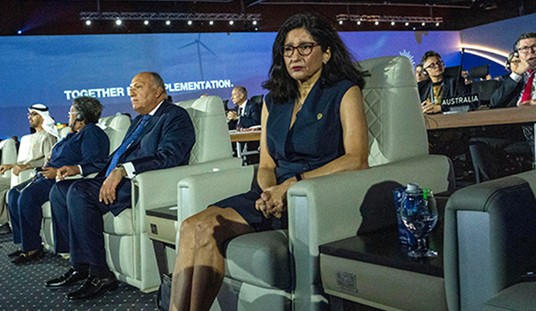



Join the conversation as a VIP Member